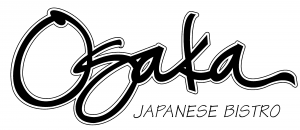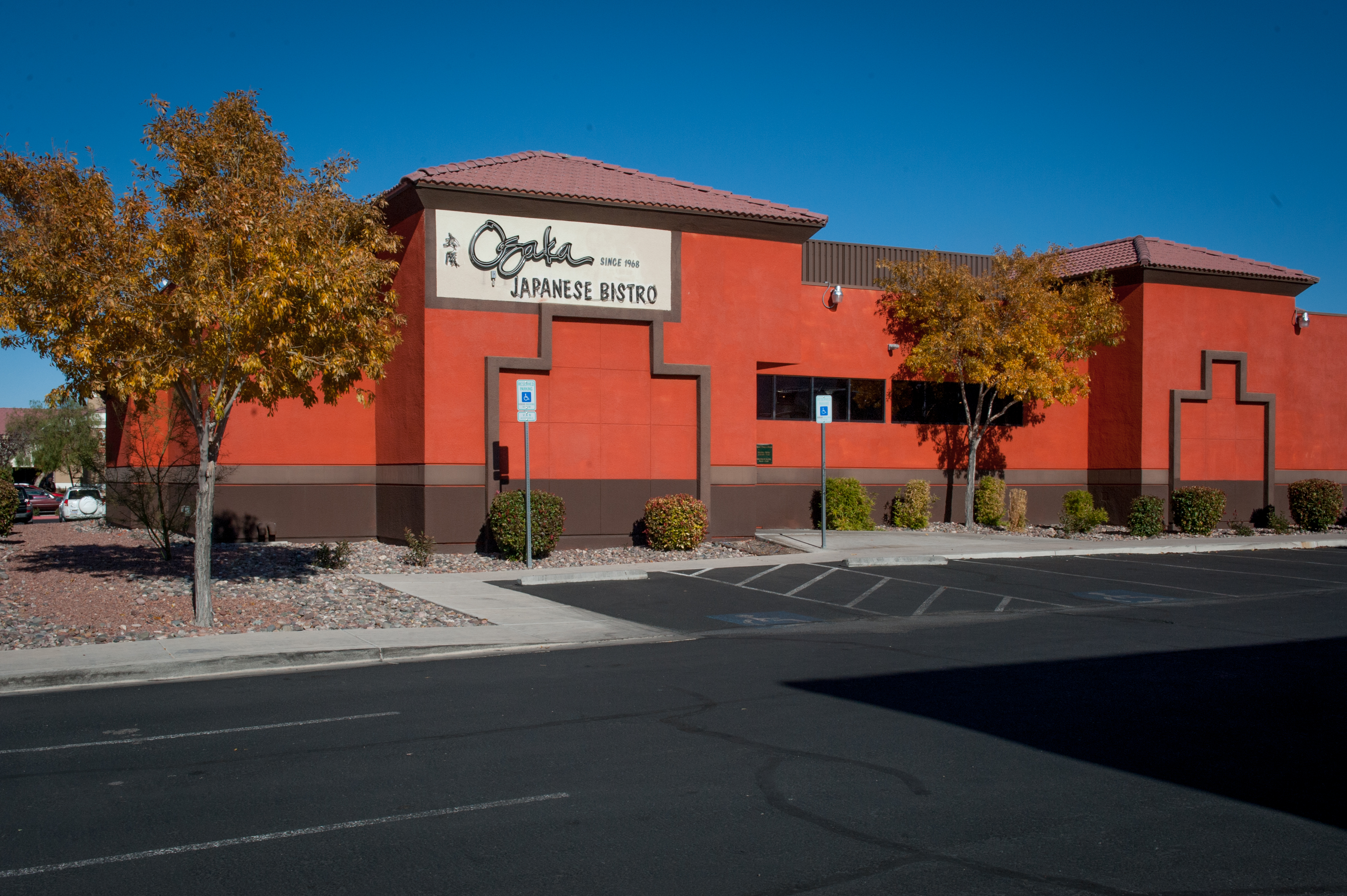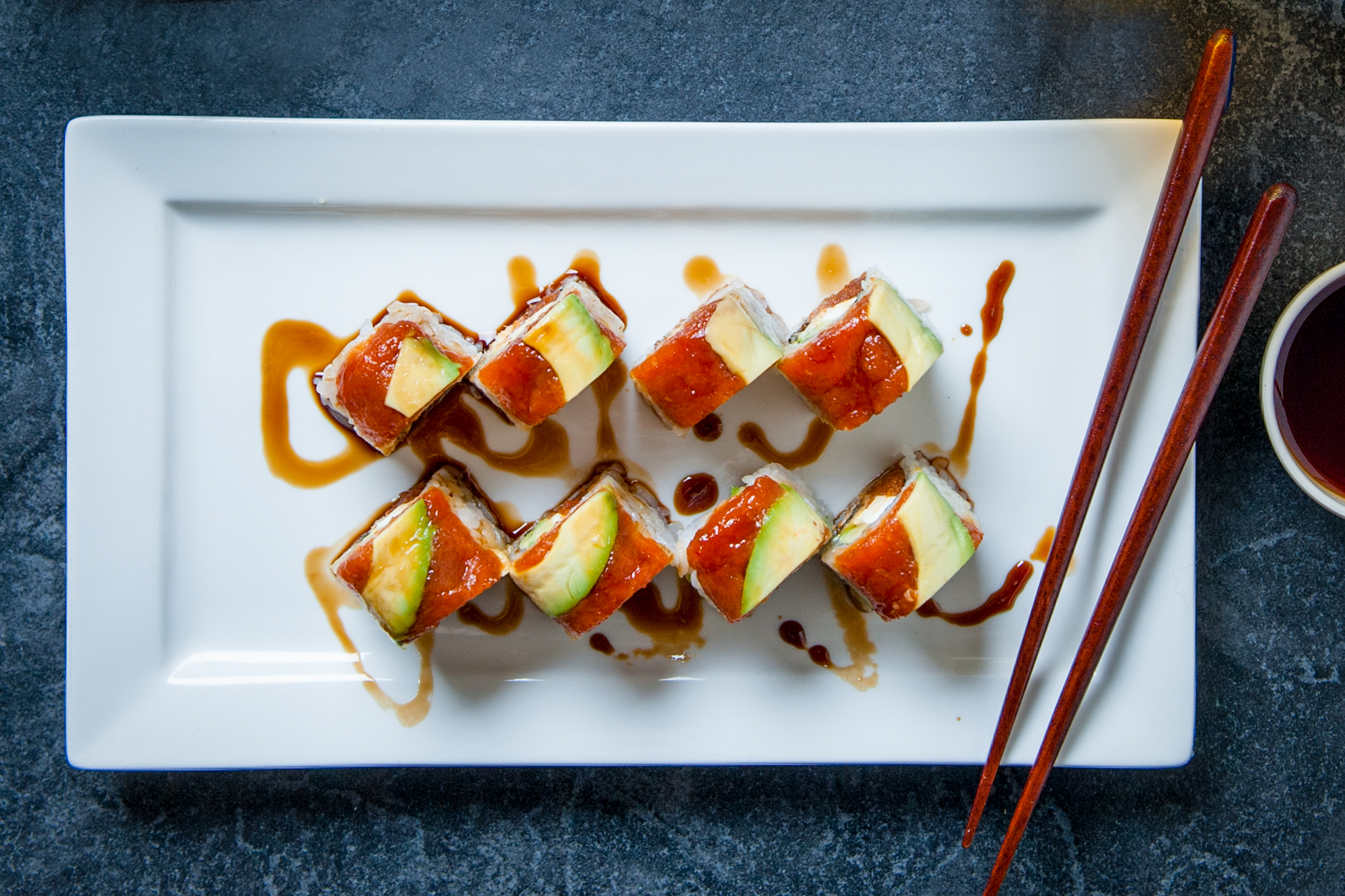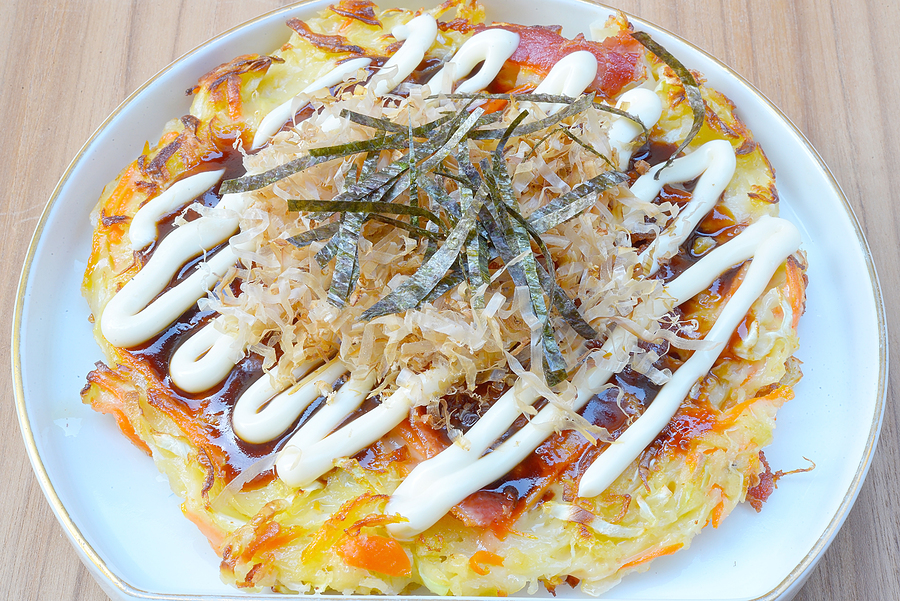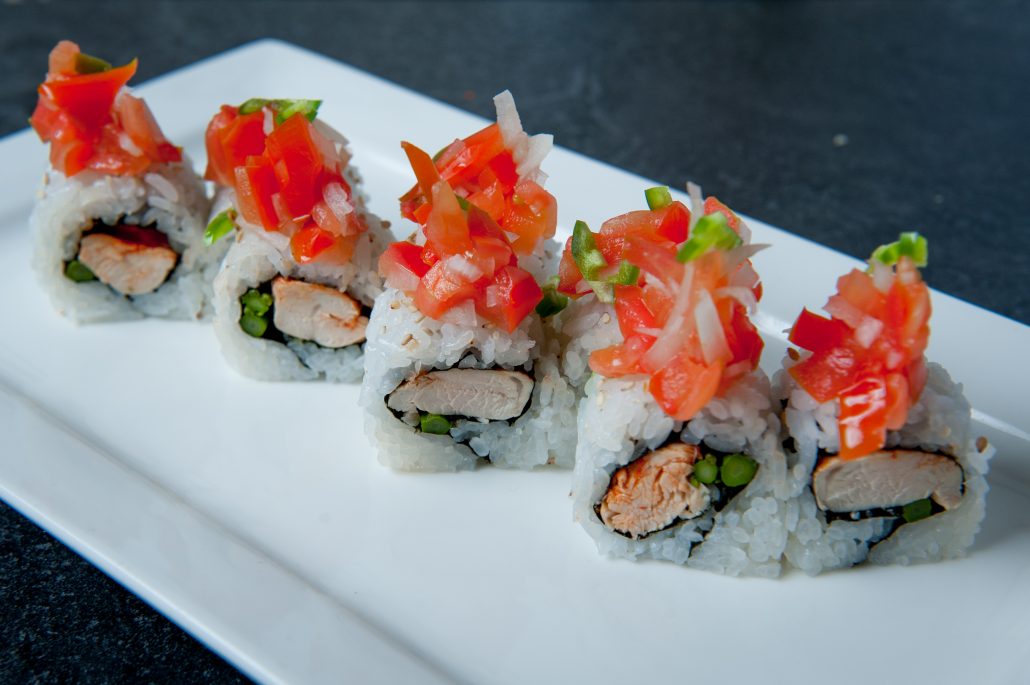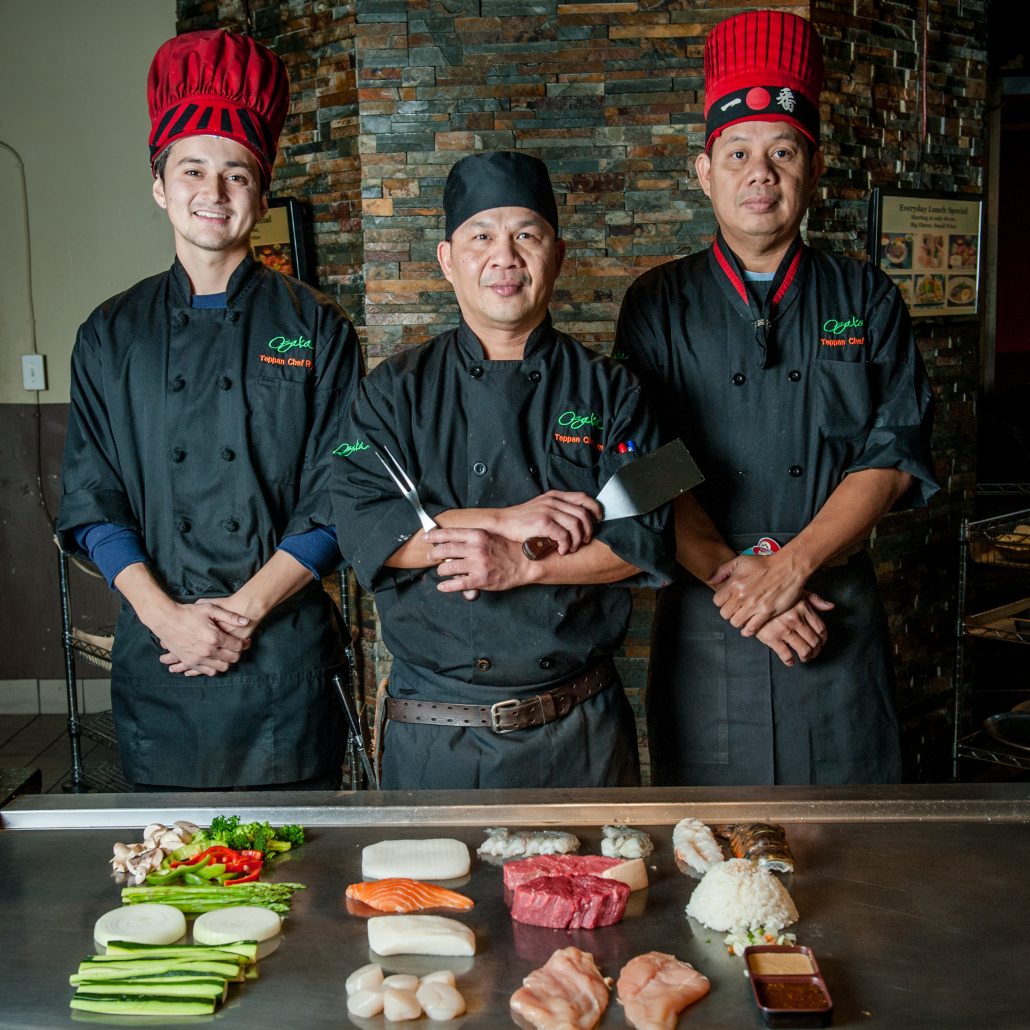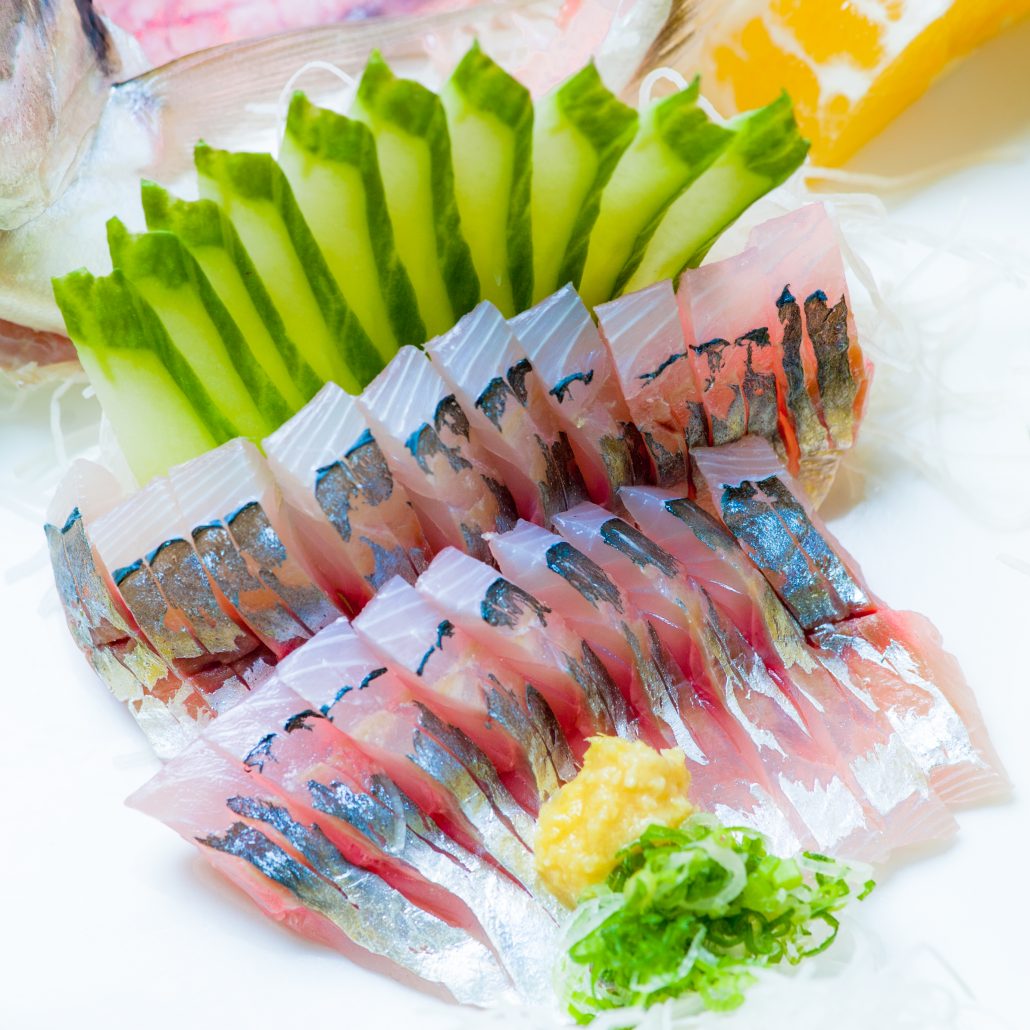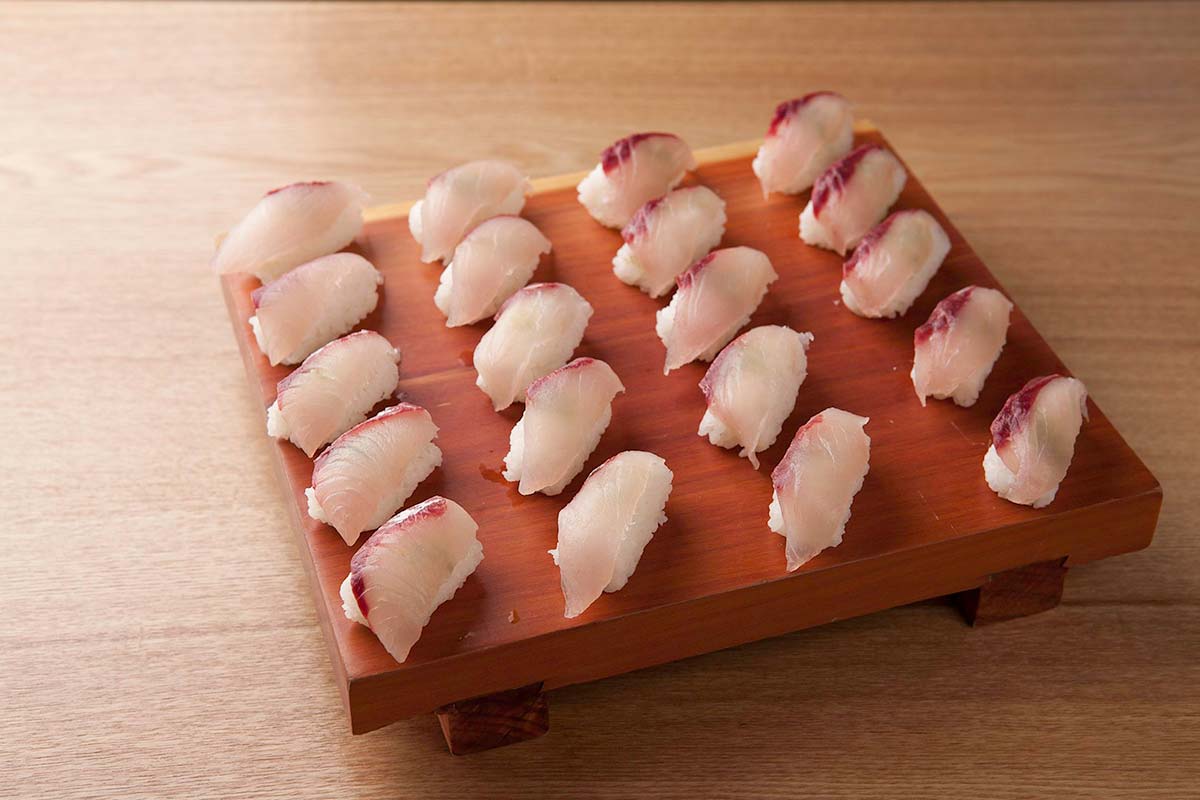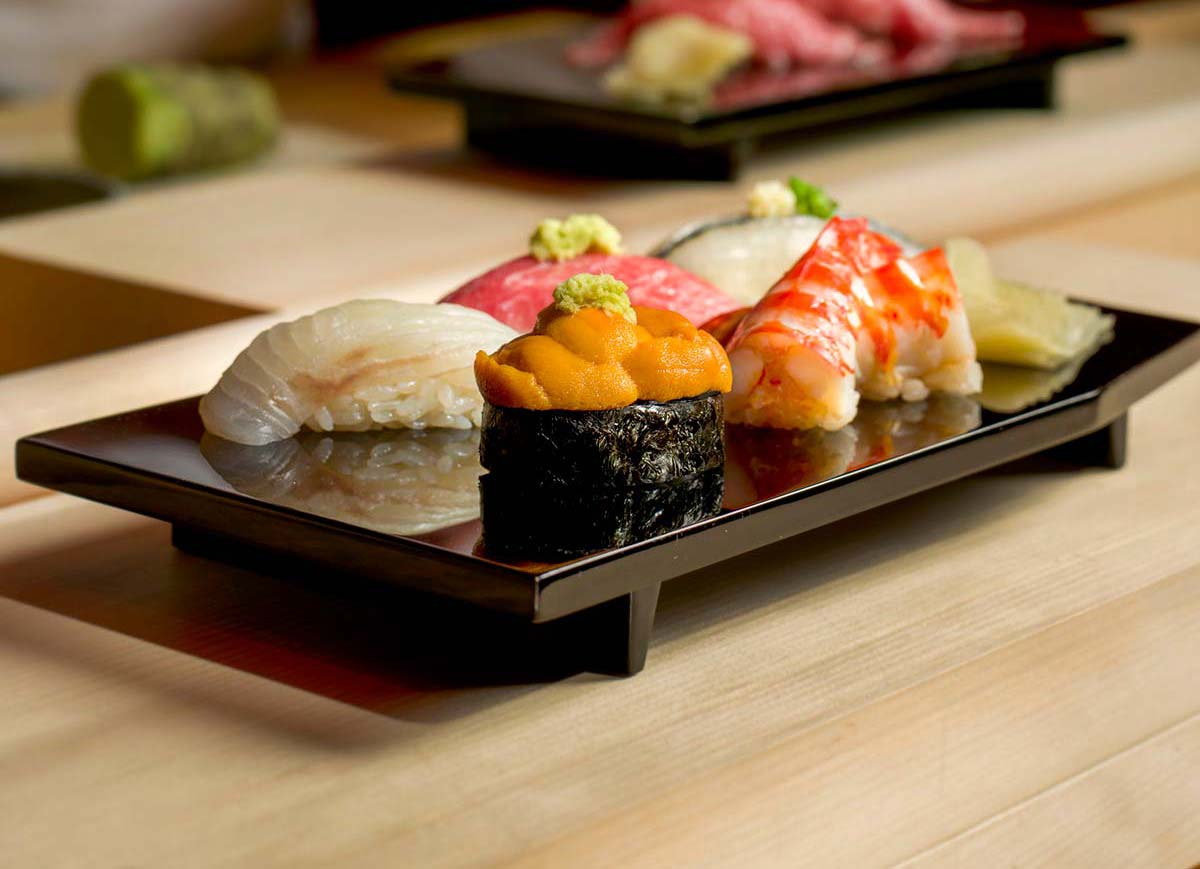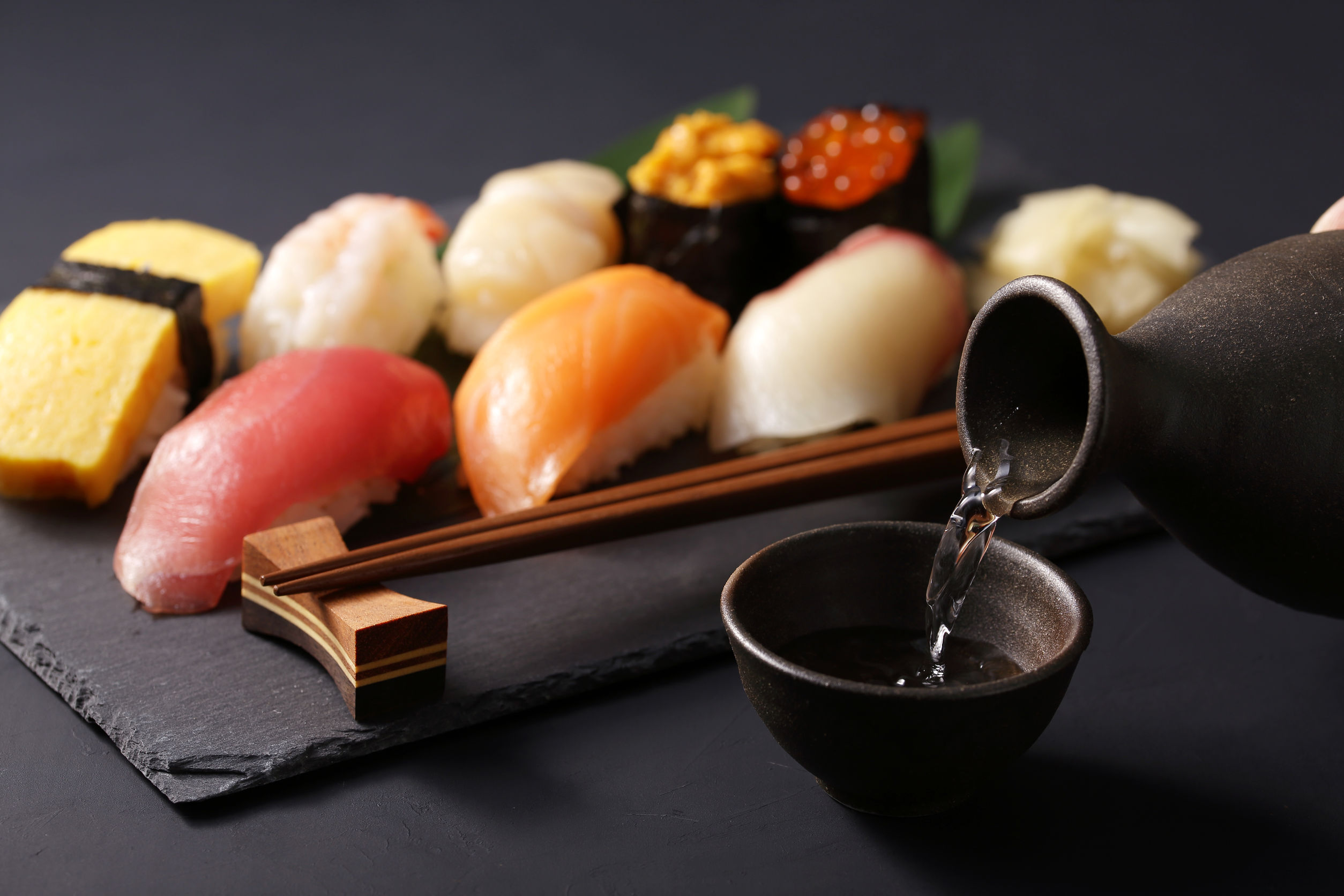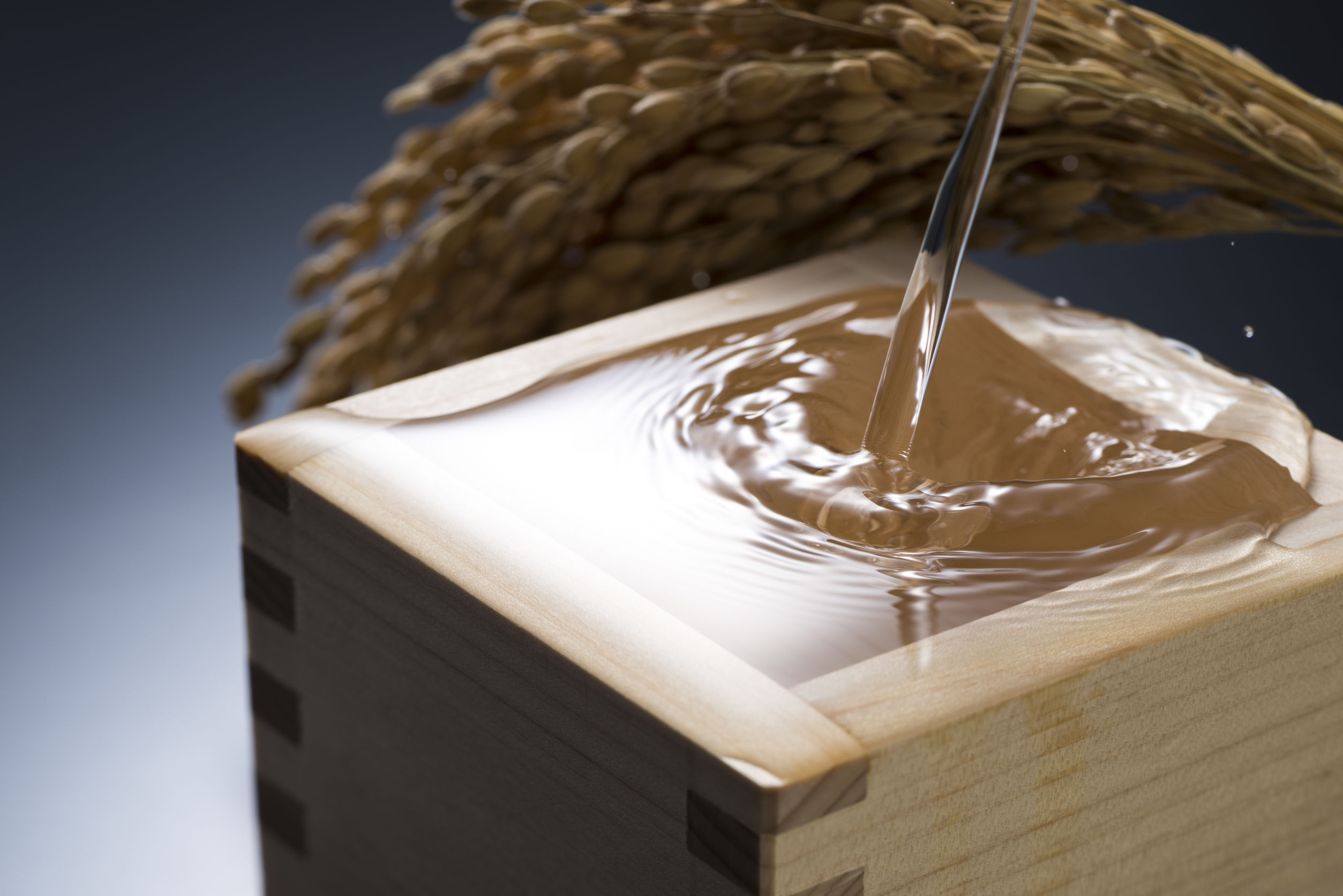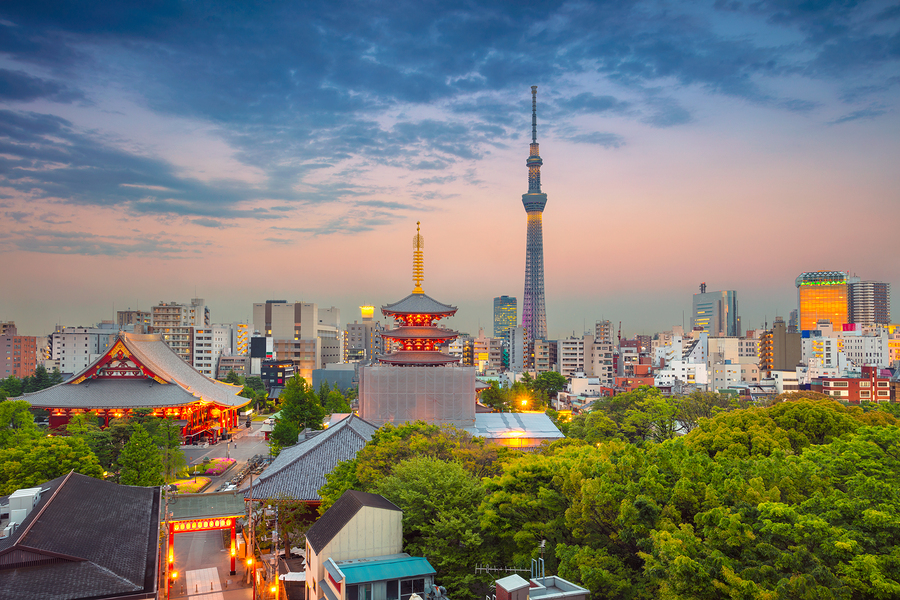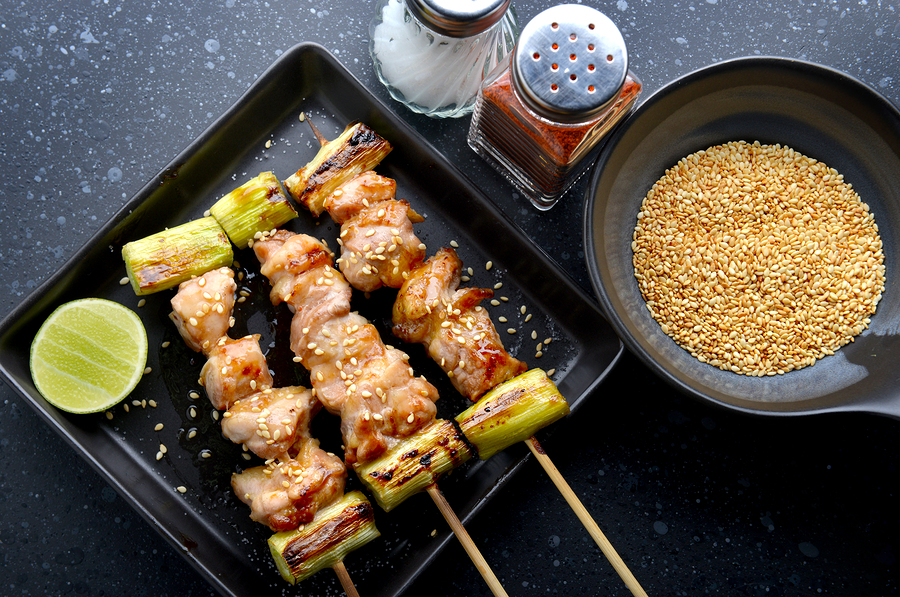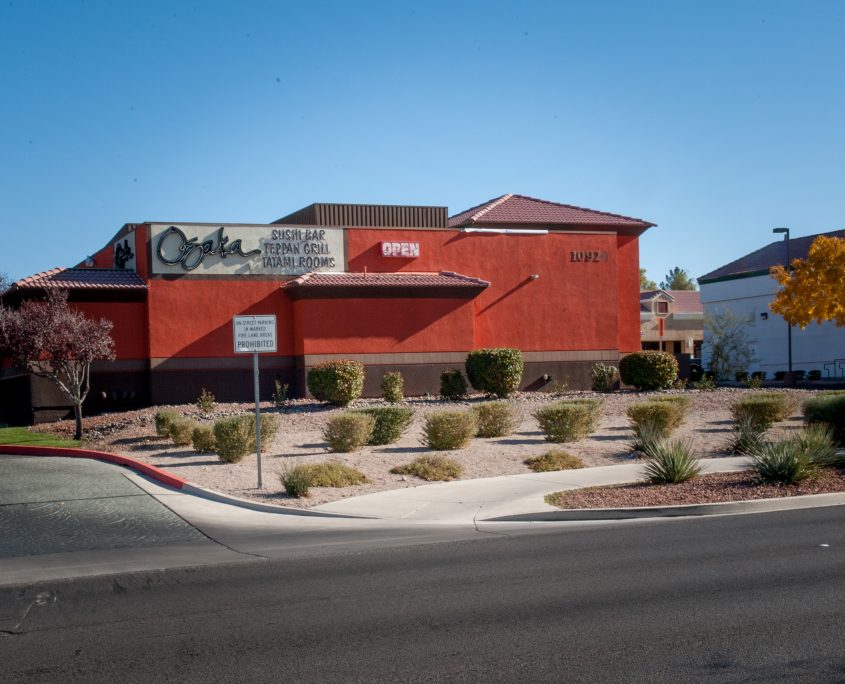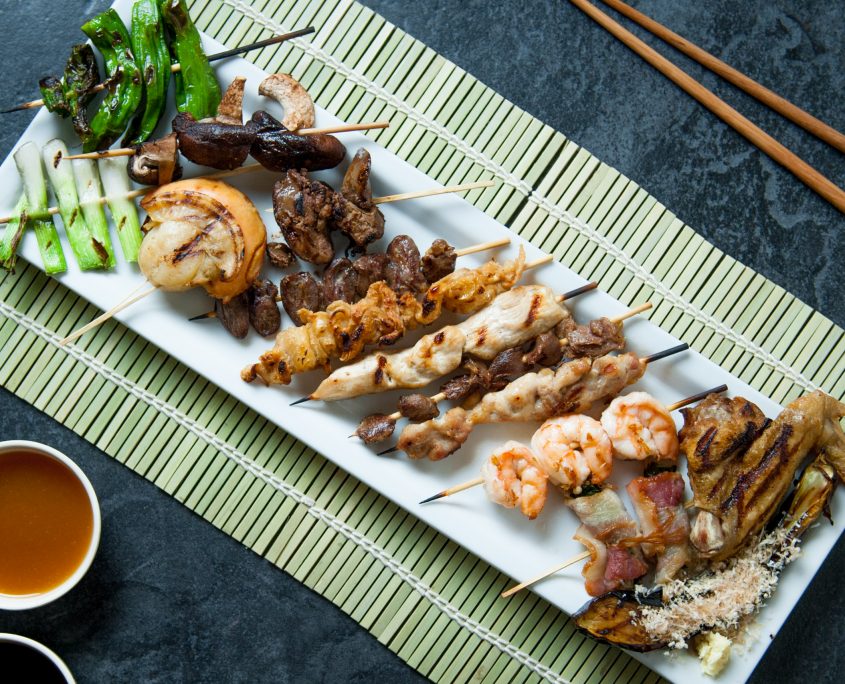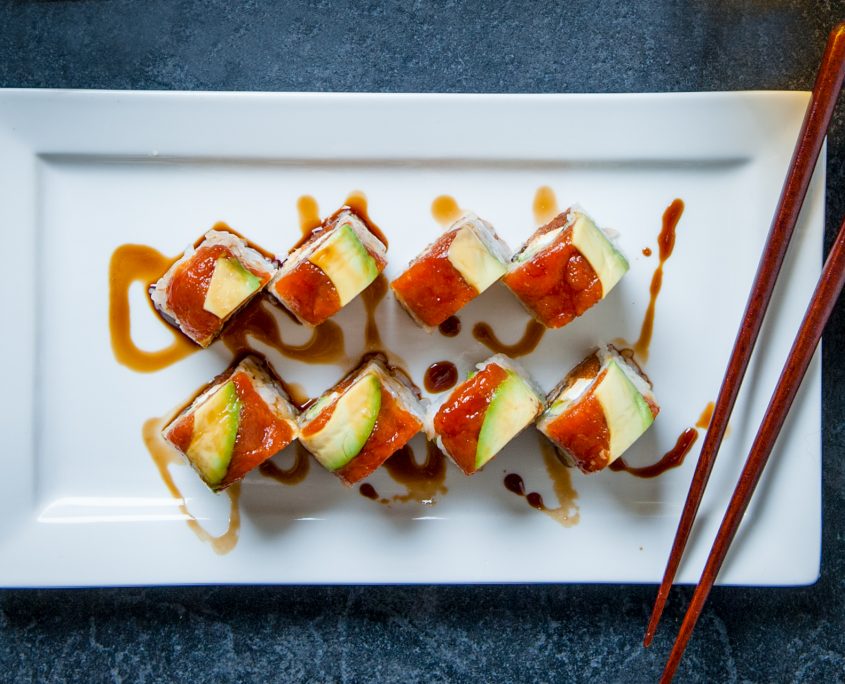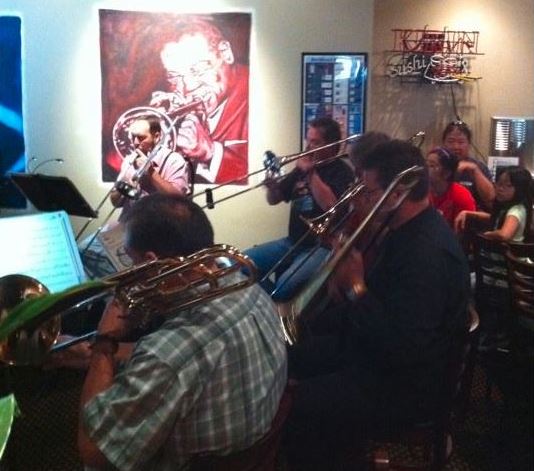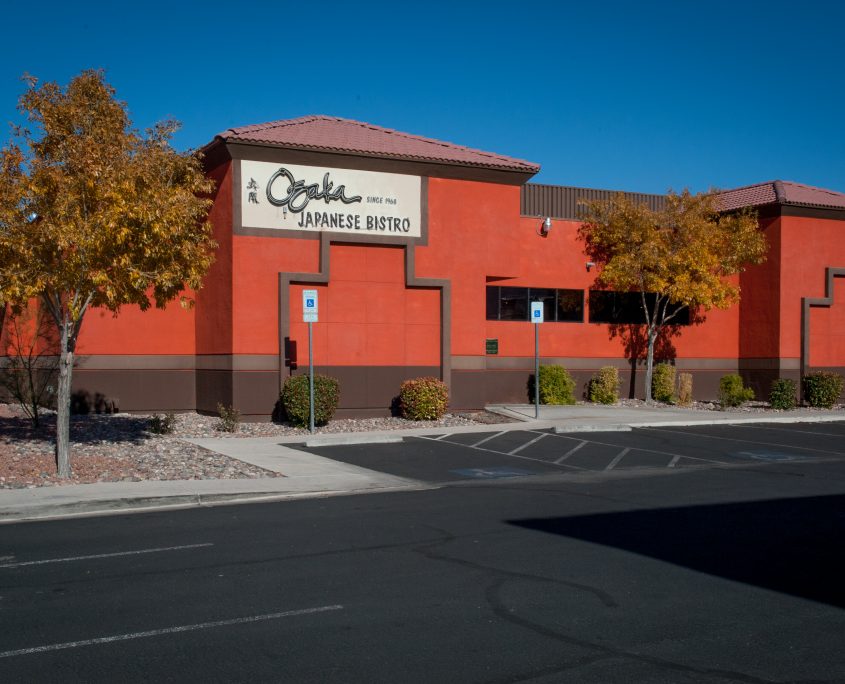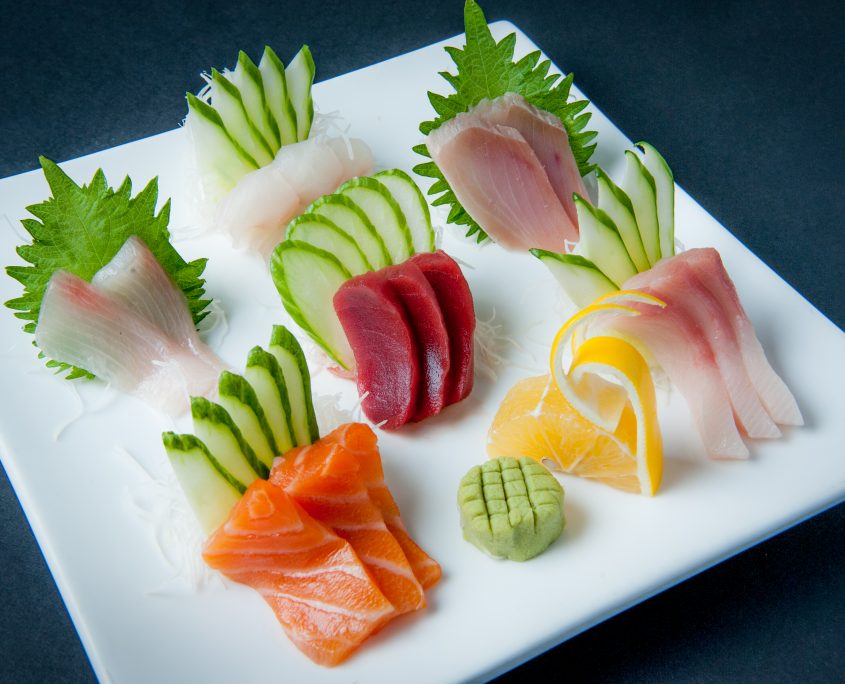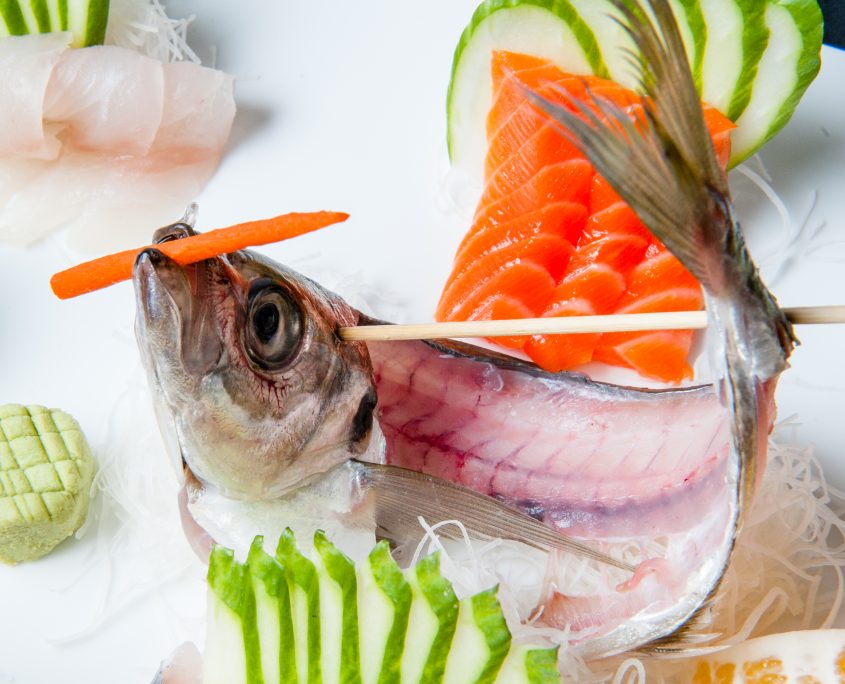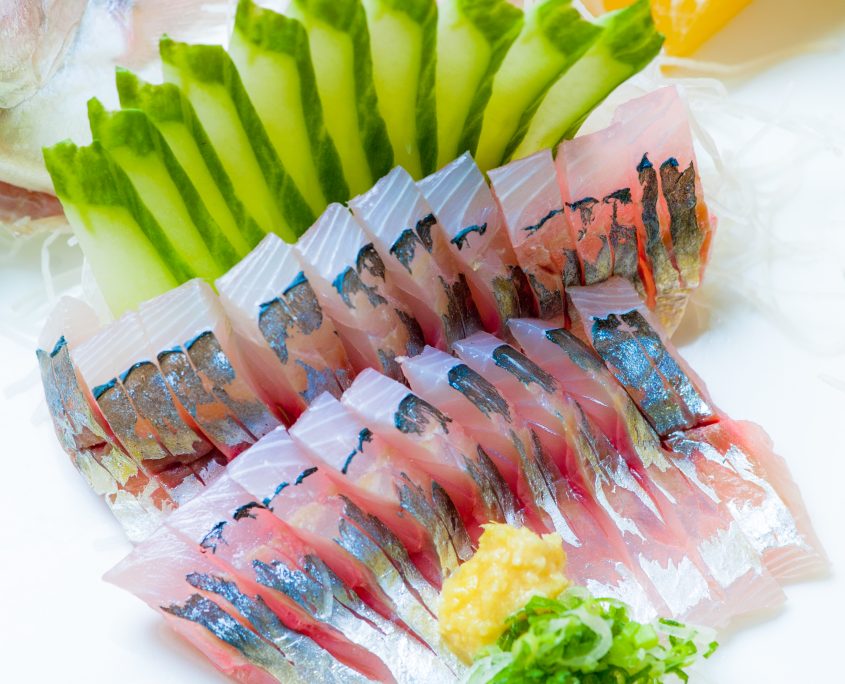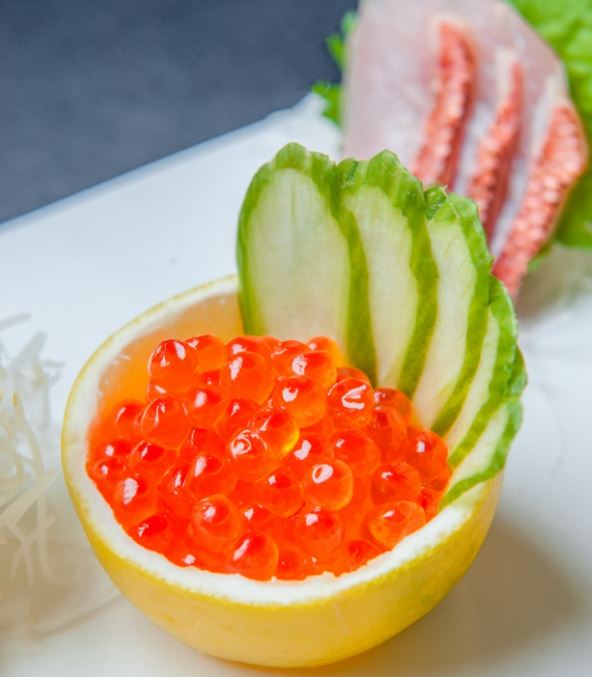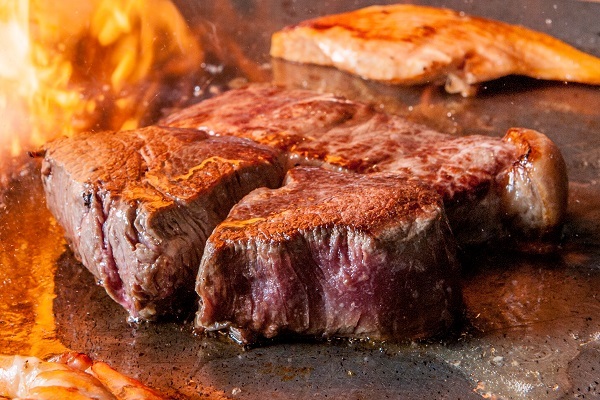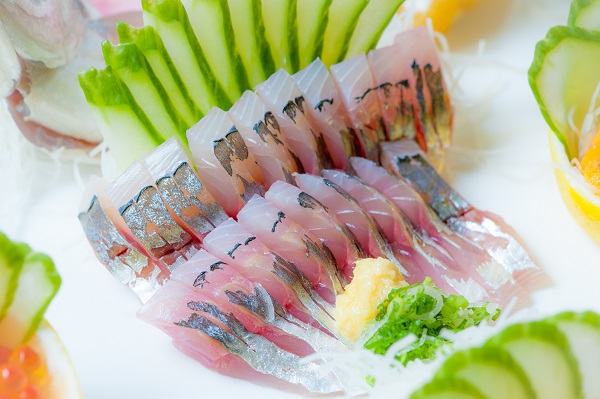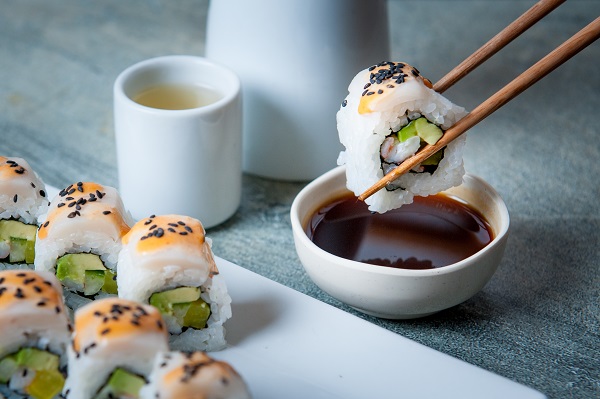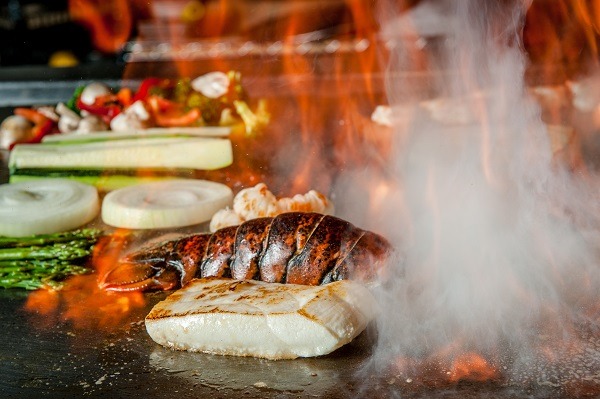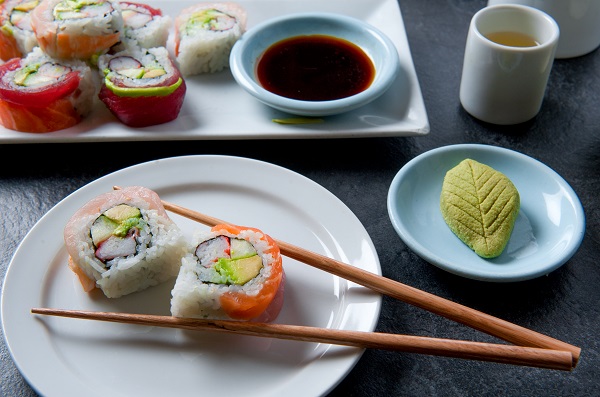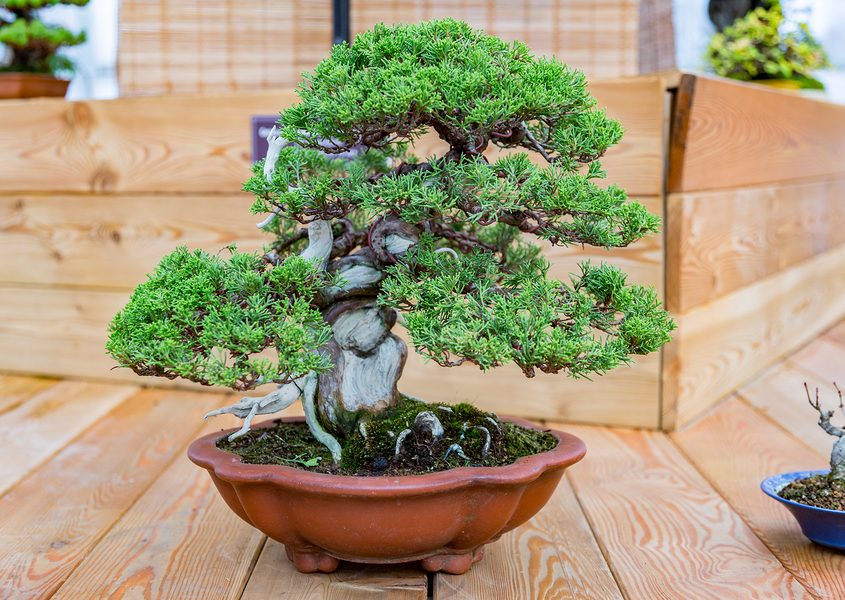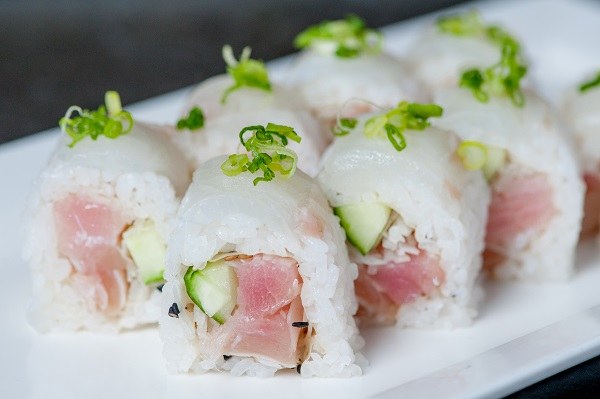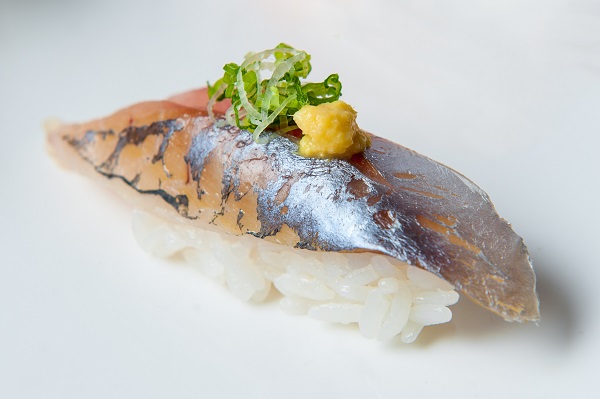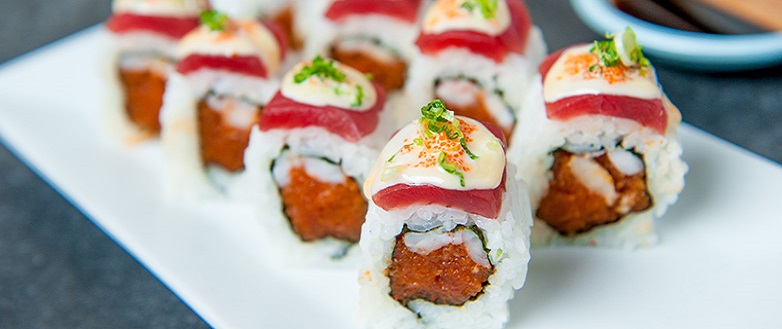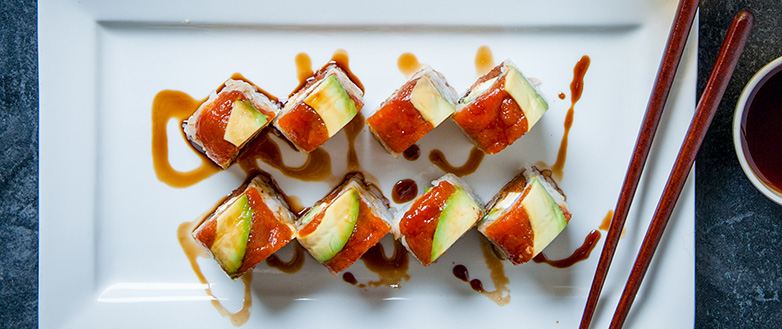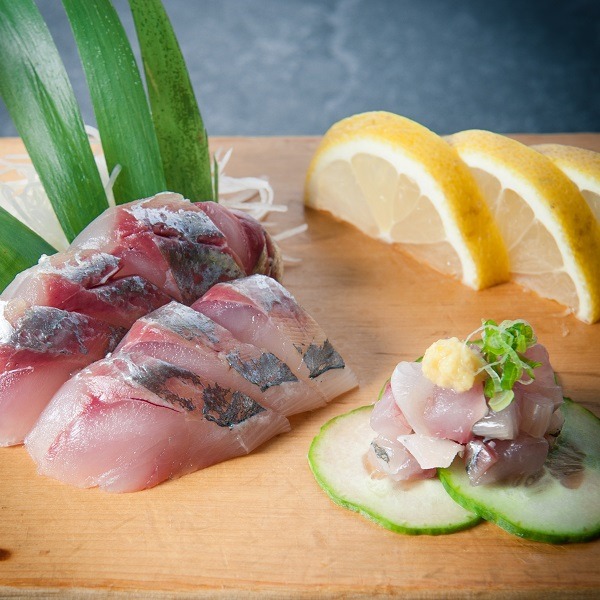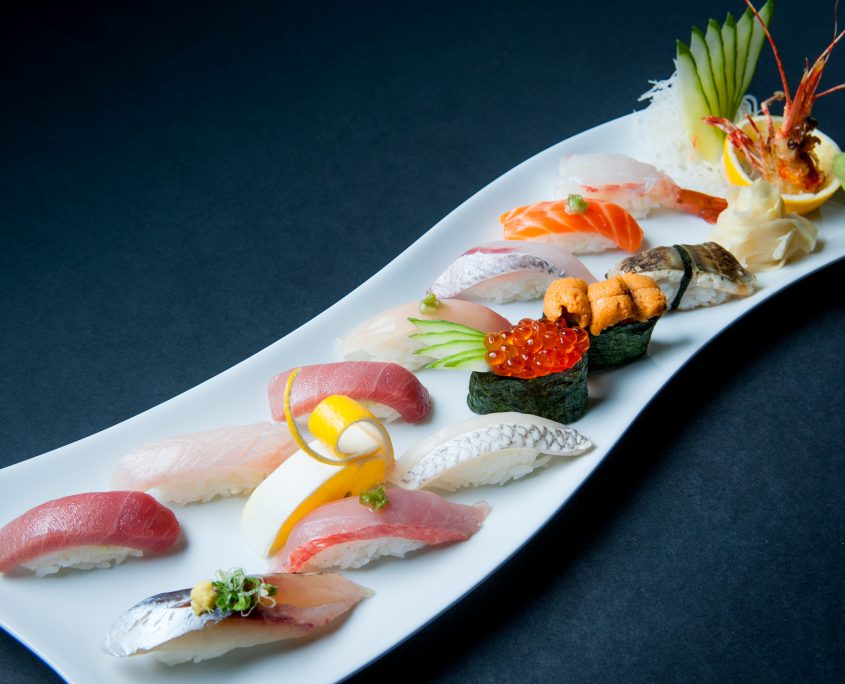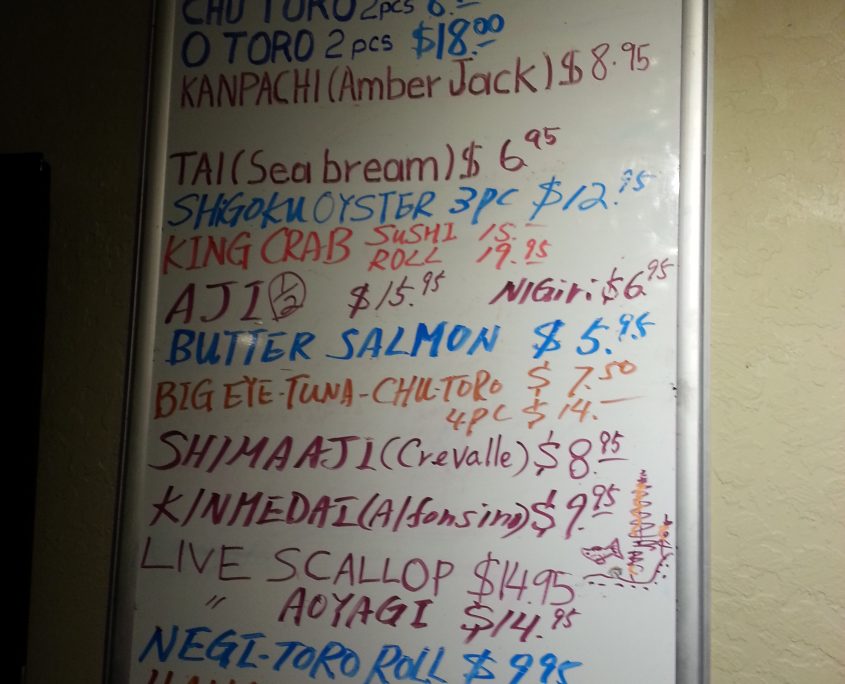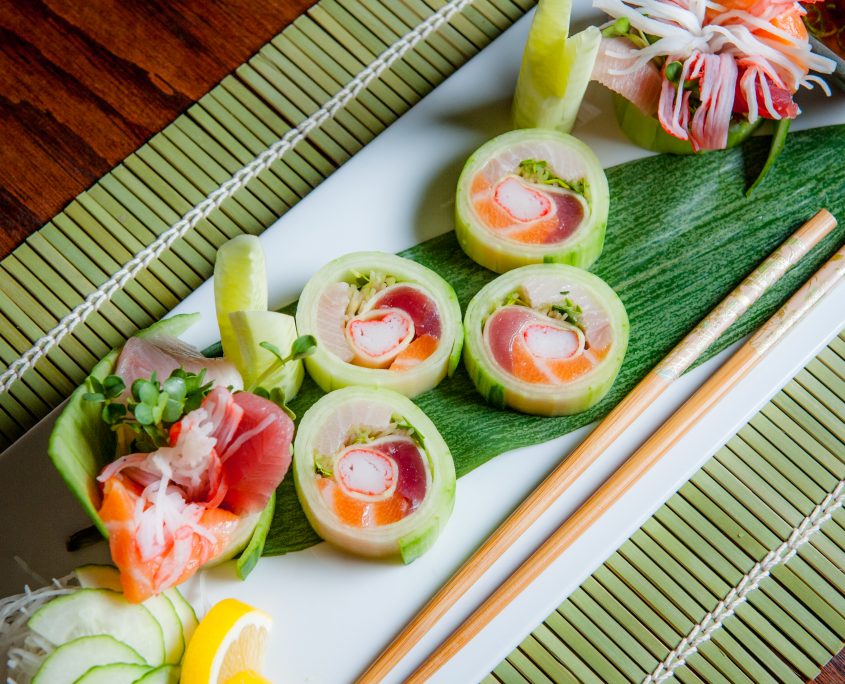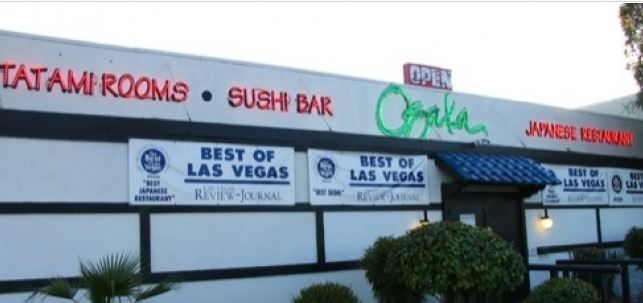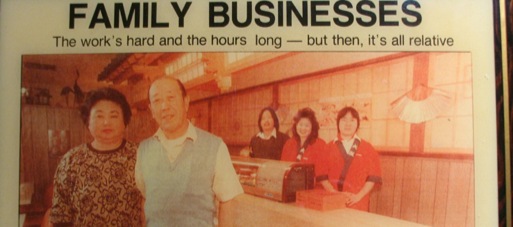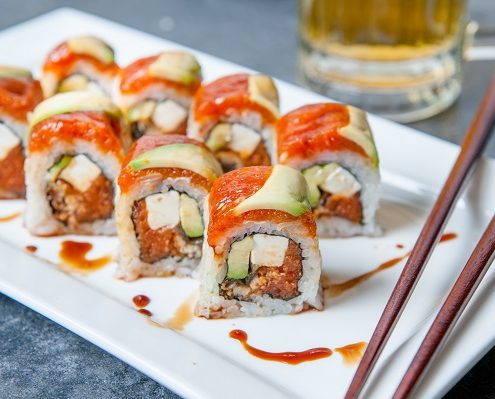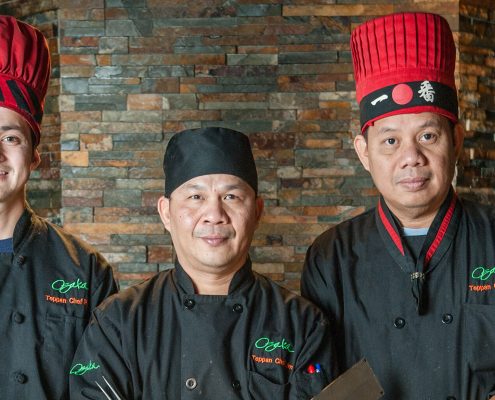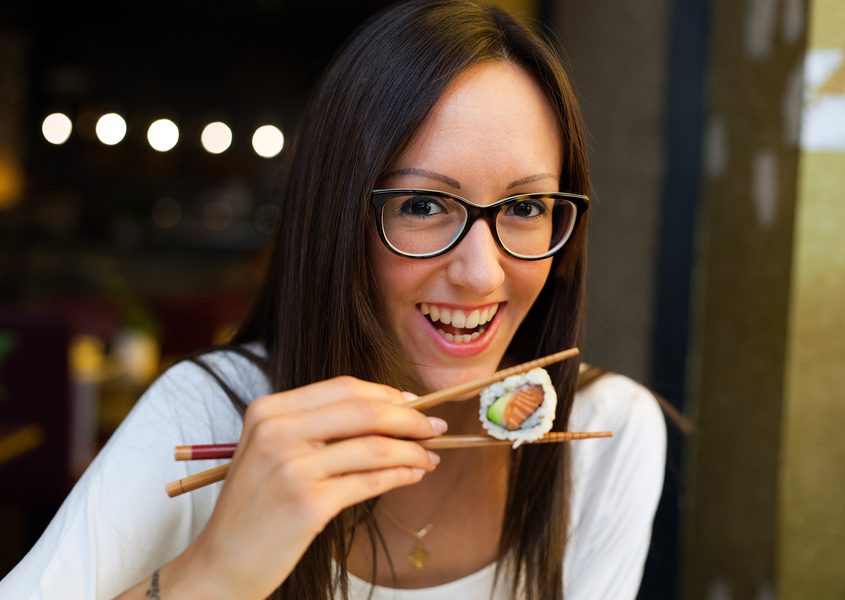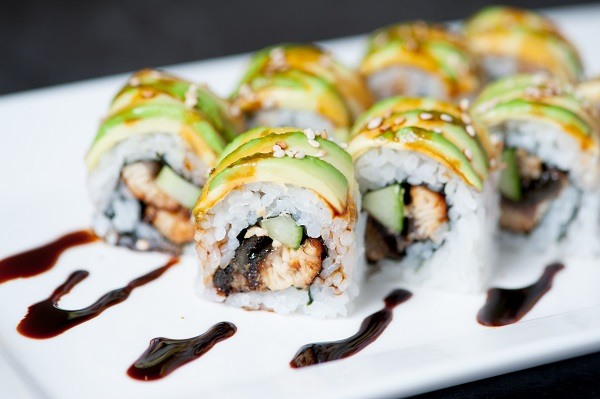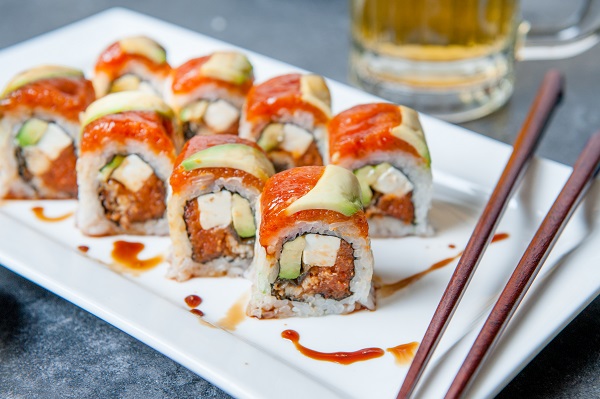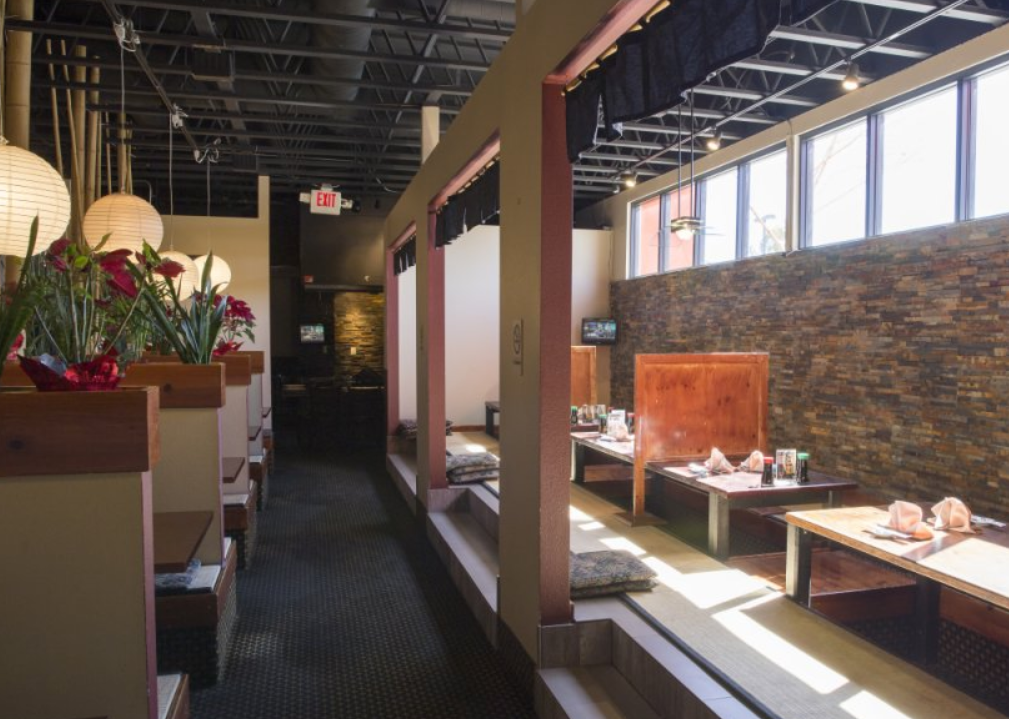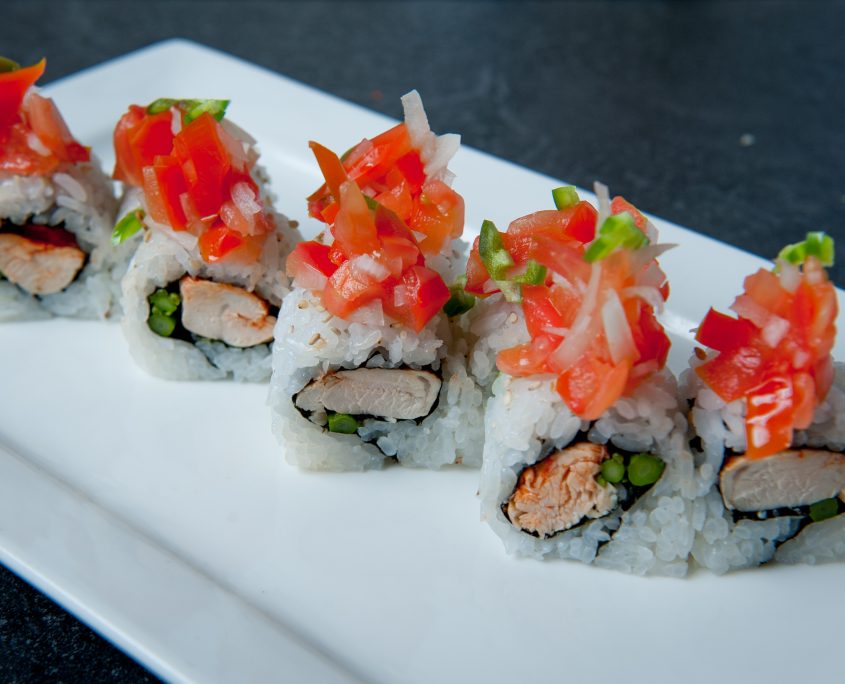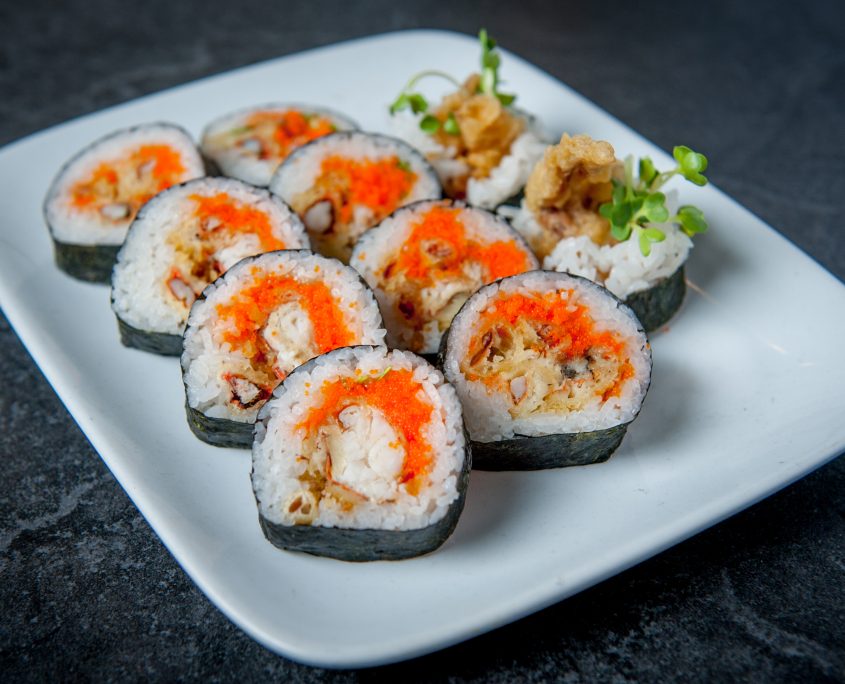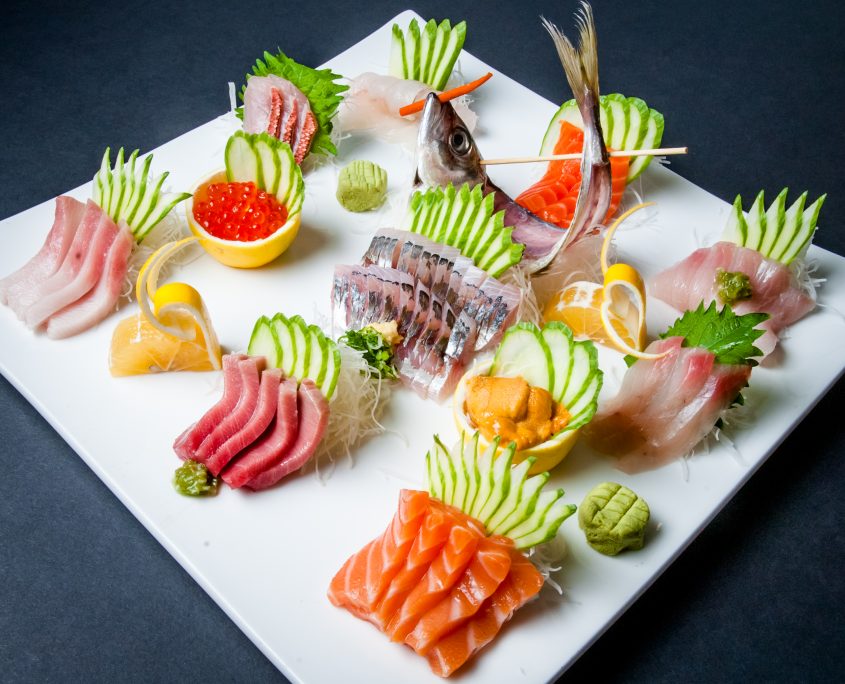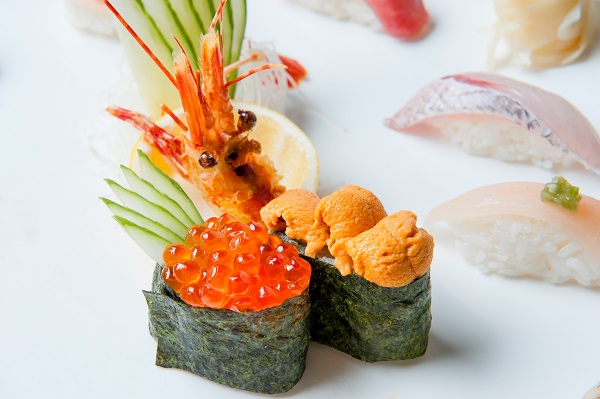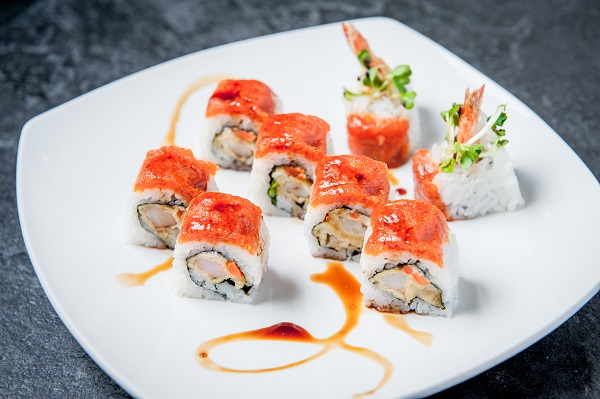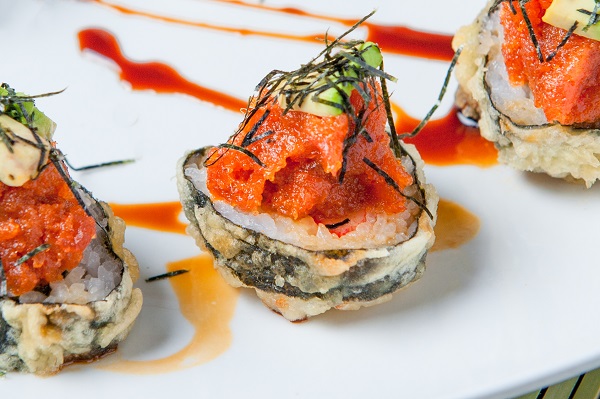A La Carte vs. All You Can Eat Sushi
Today we’d like to discuss a topic that is commonly asked in the sushi community here in Las Vegas–A la carte vs. All you can eat sushi. Which is better?
“Better” can be quite subjective, so we can break this down into several categories. Let’s discuss each topic one by one:
Before we begin this discussion, let’s be clear that Osaka Japanese Bistro is not all you can eat (ayce for short). Osaka Japanese Bistro only serves a la carte sushi in both its Sahara and Green Valley location. With that being said, it’s ultimately up to you to decide whether you want to eat a la carte or all-you-can-eat, as both will have pros and cons. With that being said, let’s discuss our first topic.
Value.
It is a common belief that ayce will provide better value for your meal for it’s “unlimited” nature. If you’re looking for a filling meal and prioritizing quantity over quality, ayce may be the choice for you. However, most restaurants enforce a time and order limit on certain dishes. The time limit usually ranges from 60 to 90 minutes. Certain dishes such as uni (sea urchin), amaebi (sweet shrimp), and more are limited to one order per person. It is important to understand that while a la carte can be more expensive than ayce, utilizing specials and happy hours is an excellent way to undercut the regular costs.
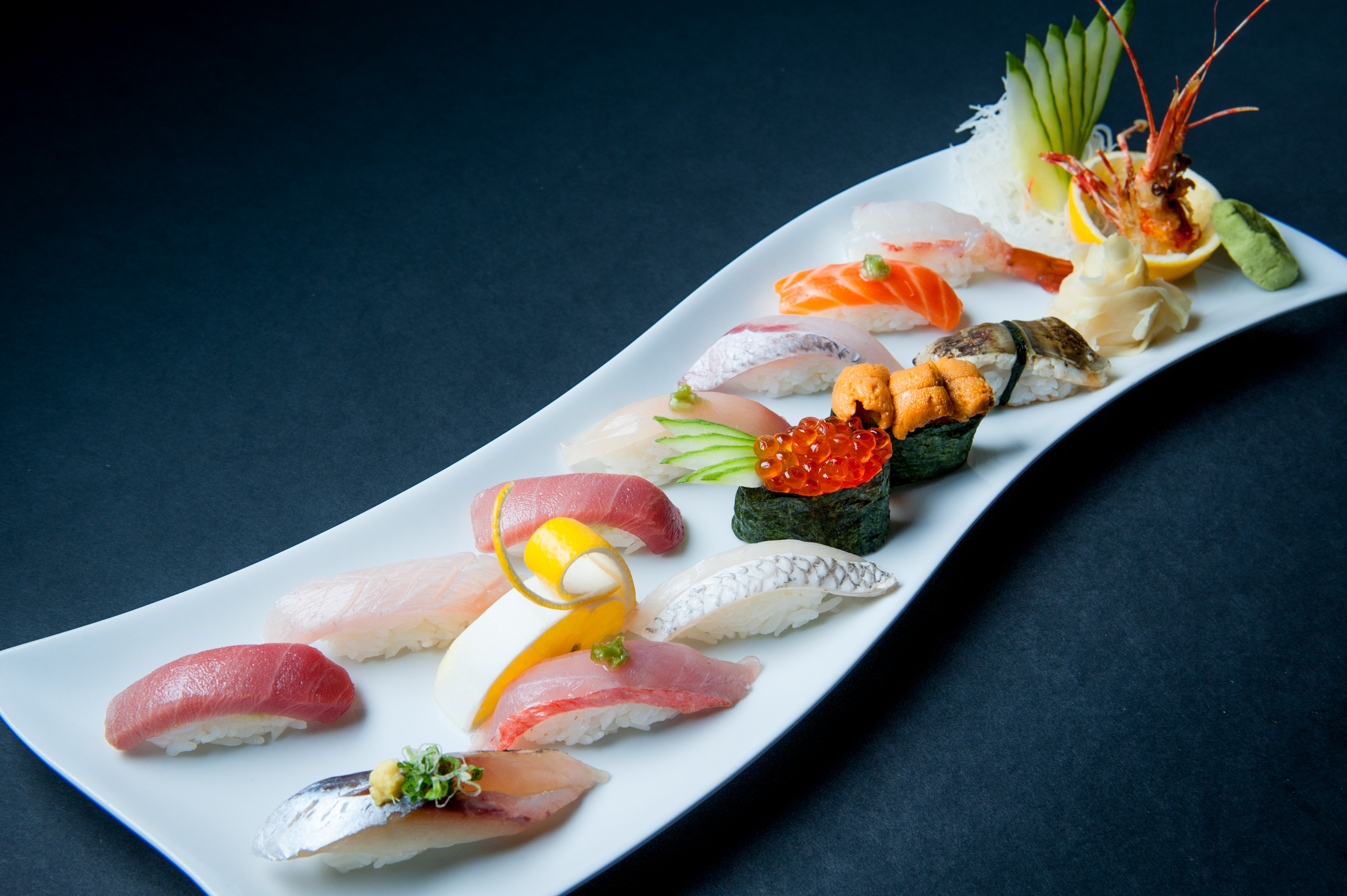
While a la carte selections are more expensive, they tend to be higher quality than those offered at ayce restaurants.
Quality.
If you are prioritizing quality over quantity, usually the a la carte restaurants will provide a better experience. The reason for this is the fish is sourced from different vendors that can be more fresh and catered. At Osaka Japanese Bistro, we ensure that all our sources are fresh and routinely inspected for quality. Because ayce restaurants tend to focus on quantity than quality, they may not have the same flexibility when ordering fish from vendors. However, some ayce restaurants offer excellent value and quality for their menu items. It is best to do your research when selecting a restaurant to dine at.
Diversity of Menu.
Because of the nature and popularity of ayce restaurants, the kitchen staff is primarily focused on serving ayce orders, even though it is very common to find that ayce restaurants offer an a la carte menu as well. The majority of customers that dine at ayce restaurants go for the ayce experience and not the a la carte. This, in turn, causes the kitchen staff to prioritize ayce dishes over its a la carte selections.
In comparison, a la carte restaurants are usually more diversified. A la carte restaurants such as Osaka Japanese Bistro only has one main menu. This not only simplifies the experience, but it allows the chef and kitchen staff to specialize the entire menu. For example, Osaka Japanese Bistro serves authentic cuisine such as noodles from soba to udon, donburi mono, sukiyaki, shabu-shabu, and even teppanyaki. If you want a range of selections, a la carte is usually the better choice.
In conclusion, there are pros and cons when you are considering dining sushi. Ask yourself these questions before making a decision. Do I want quality over quantity? Do I want more than just sushi? What is my budget?
Conclusion
At Osaka Japanese Bistro, we want to offer you the highest quality of sushi. Osaka always offer special promotions and discounts, so please check our social media channels and website periodically. You are always welcomed to call us for any daily specials as well. Happy dining!
